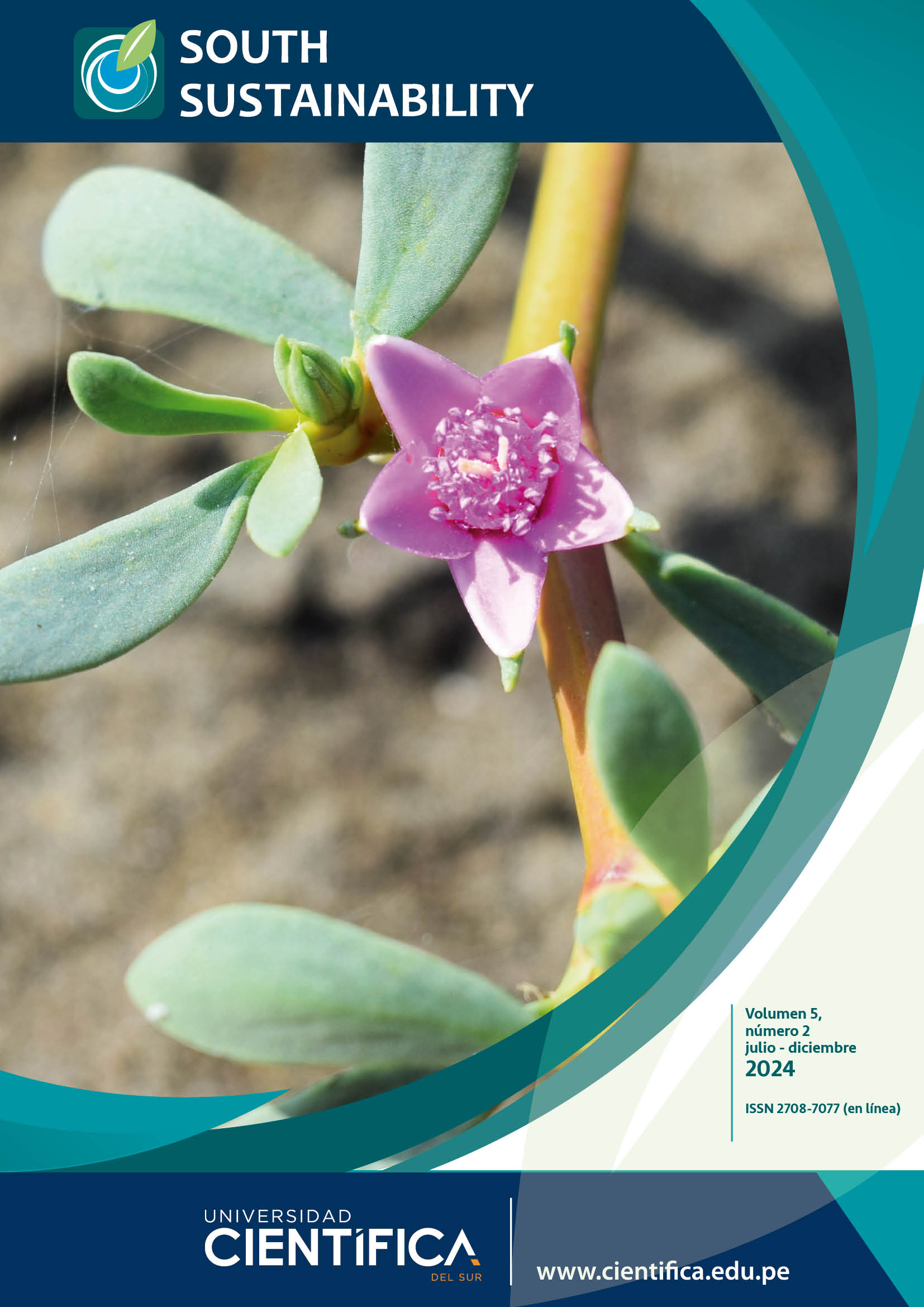Water Balance of Huacachina Oasis, Peru
DOI:
https://doi.org/10.21142/SS-0502-2024-e101Keywords:
Huacachina oasis, water balance, hydrological balance, evapotranspiration, infiltrationAbstract
The Huacachina oasis, on Peru’s south-central coast, is an important tourism hotspot, driving economic activity in the Ica region. However, its natural sustainability has been compromised by aquifer overexploitation, leading to a decline in the water table. Currently, it is grappling with water recharge challenges, and has been resorting to methods such as recharging water from wells. Despite its importance, there have been few studies of the water balance at the Huacachina oasis. The aim of this study was to investigate the hydrological balance of the oasis, scrutinizing both water losses and gains, including evaporation, infiltration and inflows. Over a 72-hour period, precipitation, water level fluctuations and inflow rates were recorded and validated. Evaporation was indirectly computed using the Penman method, which is known for its efficacy. The oasis's storage capacity was assessed using detailed bathymetric and topographic surveys. The study identified the lowest bottom elevation at 401.488 m.a.s.l., the highest at 404.194 m.a.s.l., and a storage capacity of 35,813 m3. Our results showed precipitation had no impact on water supply, with the main source being well water pumped from underground. Water losses were due mainly to evaporation and infiltration. Daily evaporation averaged 7.7 mm, while the infiltration rate stood at 0.55 mm/hr. Infiltration exceeded evaporation by 1.7 times (63.4% vs. 36.6%). A water imbalance of 11.5 % was identified, with water inflows exceeding outflows, probably due to leaks in water and sewage systems. Unlike previous research, this study provides a detailed temporal analysis of Huacachina oasis water dynamics; however, in the future additional research will be required to address limitations. Our study also emphasizes the need to explore hidden water sources (leaks in water and sewage networks), in order to address improved oasis management and the effects of climate change, and to ensure sustainability.
Downloads
Published
Issue
Section
License
Copyright (c) 2024 Efrain Noa Yarasca, Greys Noa Miranda

This work is licensed under a Creative Commons Attribution 4.0 International License.













